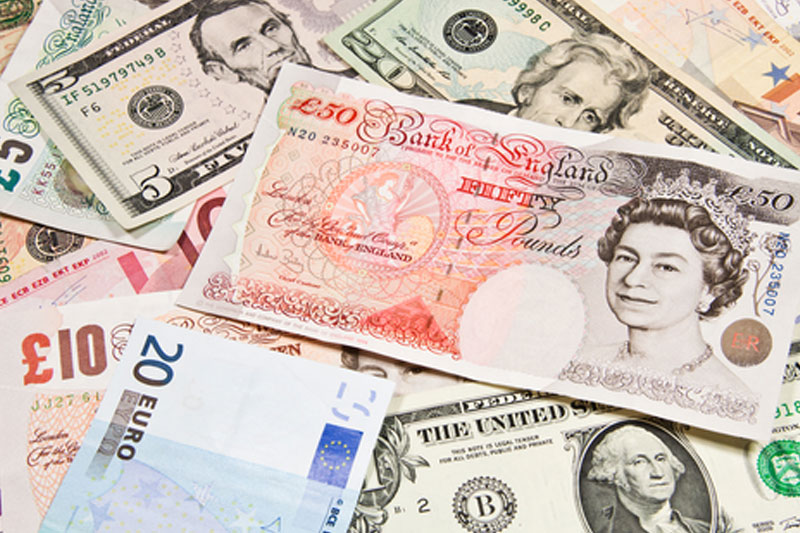Investing.com - The pound pared gains against the U.S. dollar on Thursday, pulling away from four-and-a-half year highs after positive U.S. manufacturing data, although expectations that the Bank of England will raise interest rates ahead of other central banks continued to support sterling.
GBP/USD pulled away from 1.6842, the pair's highest since November 2009, to hit 1.6810 during U.S. morning trade, still up 0.08%.
Cable was likely to find support at 1.6718, the low of April 11 and resistance at 1.6950.
The Federal Reserve Bank of Philadelphia reported that its manufacturing index rose to 16.6 in April, the highest level since September, from 9.0 in March. Analysts had expected the index to tick up to 10.
Separately, the Labor Department reported that the number of individuals filing for initial jobless benefits in the week ending April 11 rose by 2,000 to a seasonally adjusted 304,000 from the previous week’s upwardly revised total of 302,000.
Analysts had expected jobless claims rise to 315,000.
The reports came a day after Fed Chair Janet Yellen said that monetary policy will need to remain accommodative for some time, citing slackness in the labor market and low inflation.
The pound had strengthened broadly after data on Wednesday showed that the U.K. unemployment rate fell to a five year low of 6.9% in the three months to February.
Average earnings in the three months to February grew 1.7% compared with a year earlier.
The report came a day after data showed that the annual rate of consumer inflation in the U.K. fell to 1.6% in March, indicating that wages are growing faster than price increases for the first time since the height of the financial crisis in 2008.
The upbeat data bolstered the outlook for the wider economic recovery and prompted investors to bring forward expectations for a rate hike by the BoE to the start of next year.
Sterling was little changed against the euro, with EUR/GBP inching up 0.04% to 0.8229.
In the euro zone, data showed that German producer price inflation fell 0.3% in March from a month earlier and was down 0.9% on the year. This was below expectations for a 0.1% increase on the month and a 0.7% decline on the year.
The weak data added to concerns over the risk of deflation in the euro zone.
